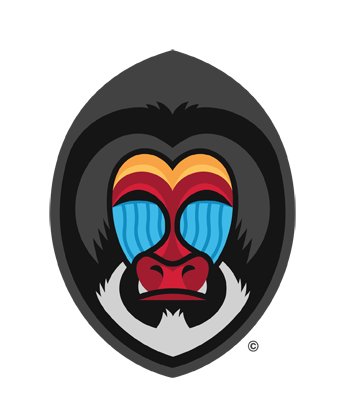My latest column for A List Apart is called How to Do What You Love, the Right Way, and it’s out today. It’s a response to that mantra we hear so often, and loosely based on a rant by Merlin Mann on one of his Back to Work podcasts. Here’s the gist:
Doing what you love doesn’t necessarily mean quitting your job and starting a coffee shop. Most often, it means building your own platform, and crafting your own work, one step at a time.
